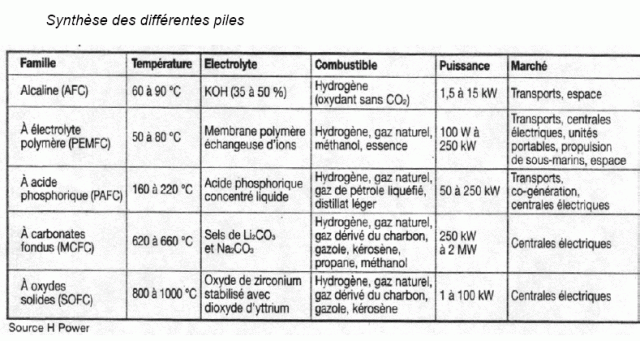The first is hydrogen. I'm still not convinced by the fuel cell because the storage cycle via electrolysis is losing nearly a third of the energy received! I think that the impulse to give to new battery technologies would be more judicious. But it would take some numbers to really compare ... What capacity, what power and what cost the Abalone hydrogen fuel cell?
The second is the failure to take into account the storage system in the cost of a building who wants to be autonomous ... Not that I find this cost useless, or even too expensive (because if it is not put there, it is EDF which supports it with fuel plants!), but it's a bit dishonest.
The third is the gray energy cost of the building, I do not have it, but apart from the system of energy production, the building seems to me altogether classic, and there, you have to look at projects like the Green office of Conrad Lutz, to realize that it is possible to reduce by 70% the gray energy of a new building. This represents nothing less than 12,35 MWh for an office building of 1300m², enough to cover the needs of the building for 30 years!
Otherwise Christophe, I agree with you on the economic abbération of French photovoltaic at the moment, but we must remember:
1 - panel prices are more expensive than reality because of tax credit mechanisms
2 - the price of the French electric kWh is artificially low because of the operation of nuclear lobby
...
3 - in a few years, everything can be back to normal, by reducing the price of panels, AND an increase in the price of electricity *!
*Long live the revolution !



